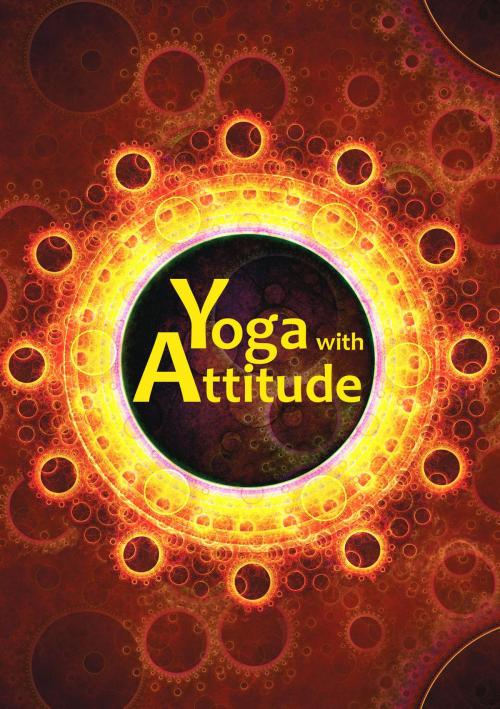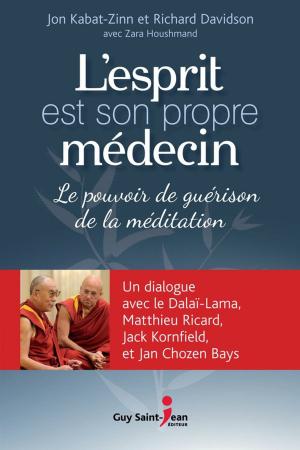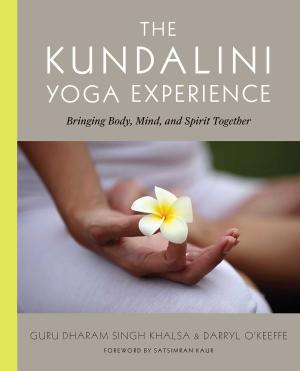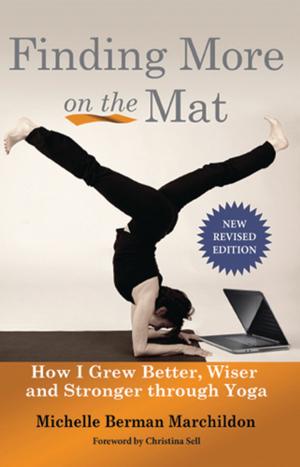Yoga with Attitude
A Practical Handbook for Developing Awareness in Everyday Living
Nonfiction, Health & Well Being, Fitness, Yoga, Health, Alternative & Holistic Health| Author: | Yoga Association of Victoria | ISBN: | 9780987519412 |
| Publisher: | Yoga Association of Victoria | Publication: | April 19, 2013 |
| Imprint: | Language: | English |
| Author: | Yoga Association of Victoria |
| ISBN: | 9780987519412 |
| Publisher: | Yoga Association of Victoria |
| Publication: | April 19, 2013 |
| Imprint: | |
| Language: | English |
There is another aspect of yoga that complements the physical practices. When we open ourselves to change with the physical yoga practices, life may reveal itself in ways we hadn’t previously considered. We are often confronted by the deeper unresolved parts of ourselves. We also discover opportunities for a richer fuller life. In Yoga with Attitude, the physical practices are implicitly valued and recommended, and is designed as a companion to them. The focus here is on developing parallel skills and they will be greatly enhanced if integrated with other practices such as yoga postures, breathing techniques, and meditation. A primary aim of this book is to use the details of everyday living as raw material for developing and maintaining self-awareness. This has always been part of the yoga tradition, but it is sometimes overlooked in yoga’s recent popular forms. This book focuses on techniques for developing self-observation, which in turn assists us to reflect more impartially and act more wisely. It also includes methods to focus on attitudes. These key qualities harmonise our actions and assist us uncover a quieter mind. Although some of the content may be seen as ethical or moral, the benefits are directly linked with common sense, clear focus in life, and the joys of an untroubled mind. This systematic progression to a quiet mind is traditionally known as the process of developing pratyahara – withdrawal of the mind from the senses – where the layers of physical, sensual, emotional and mental awareness are traversed, explored and released on the way to creating a quiet mind capable of the deeper states of meditation. Even if we were to go no further, the practical benefits of a quiet mind are of great value. The concepts and practices in this book are designed to become a companion through each day, giving a focus to hold through the details of life, whatever life entails. The themes systematically build one on the other. You may browse your way, picking and choosing ideas that appeal, however, the most effective process will be to begin at the first task and proceed step by step from there. You will find it helpful to allocate a set amount of time to each task. Take a minimum of at least a day. A week on each task, or a month, will generally be productive. Allow plenty of time for the ideas to be grounded in experience and for the meaning and effects to be investigated and absorbed. With practice these tasks and themes come to rest in the background throughout the day, emerging in every relevant situation. This book was conceived as a potential companion to courses being developed at the SATYANANDA YOGA® Ashram in Rocklyn, Victoria, Australia. The courses explore aspects of yoga that relate to awareness and attitude. Participants in the original courses are involved each day in practical activities and yoga practices while reflecting on progressively developed daily themes. The origins of these practices are drawn directly from the teachings of Swami Satyananda, Swami Niranjanananda and Swami Sivananda. Their inspiration led us to present their ideas in this informal easy to read style so as to be more accessible to the general reader. This second edition of the book more directly aligns the practices with the source quotes from these teachers and contains a substantially revised and expanded second part.
There is another aspect of yoga that complements the physical practices. When we open ourselves to change with the physical yoga practices, life may reveal itself in ways we hadn’t previously considered. We are often confronted by the deeper unresolved parts of ourselves. We also discover opportunities for a richer fuller life. In Yoga with Attitude, the physical practices are implicitly valued and recommended, and is designed as a companion to them. The focus here is on developing parallel skills and they will be greatly enhanced if integrated with other practices such as yoga postures, breathing techniques, and meditation. A primary aim of this book is to use the details of everyday living as raw material for developing and maintaining self-awareness. This has always been part of the yoga tradition, but it is sometimes overlooked in yoga’s recent popular forms. This book focuses on techniques for developing self-observation, which in turn assists us to reflect more impartially and act more wisely. It also includes methods to focus on attitudes. These key qualities harmonise our actions and assist us uncover a quieter mind. Although some of the content may be seen as ethical or moral, the benefits are directly linked with common sense, clear focus in life, and the joys of an untroubled mind. This systematic progression to a quiet mind is traditionally known as the process of developing pratyahara – withdrawal of the mind from the senses – where the layers of physical, sensual, emotional and mental awareness are traversed, explored and released on the way to creating a quiet mind capable of the deeper states of meditation. Even if we were to go no further, the practical benefits of a quiet mind are of great value. The concepts and practices in this book are designed to become a companion through each day, giving a focus to hold through the details of life, whatever life entails. The themes systematically build one on the other. You may browse your way, picking and choosing ideas that appeal, however, the most effective process will be to begin at the first task and proceed step by step from there. You will find it helpful to allocate a set amount of time to each task. Take a minimum of at least a day. A week on each task, or a month, will generally be productive. Allow plenty of time for the ideas to be grounded in experience and for the meaning and effects to be investigated and absorbed. With practice these tasks and themes come to rest in the background throughout the day, emerging in every relevant situation. This book was conceived as a potential companion to courses being developed at the SATYANANDA YOGA® Ashram in Rocklyn, Victoria, Australia. The courses explore aspects of yoga that relate to awareness and attitude. Participants in the original courses are involved each day in practical activities and yoga practices while reflecting on progressively developed daily themes. The origins of these practices are drawn directly from the teachings of Swami Satyananda, Swami Niranjanananda and Swami Sivananda. Their inspiration led us to present their ideas in this informal easy to read style so as to be more accessible to the general reader. This second edition of the book more directly aligns the practices with the source quotes from these teachers and contains a substantially revised and expanded second part.















